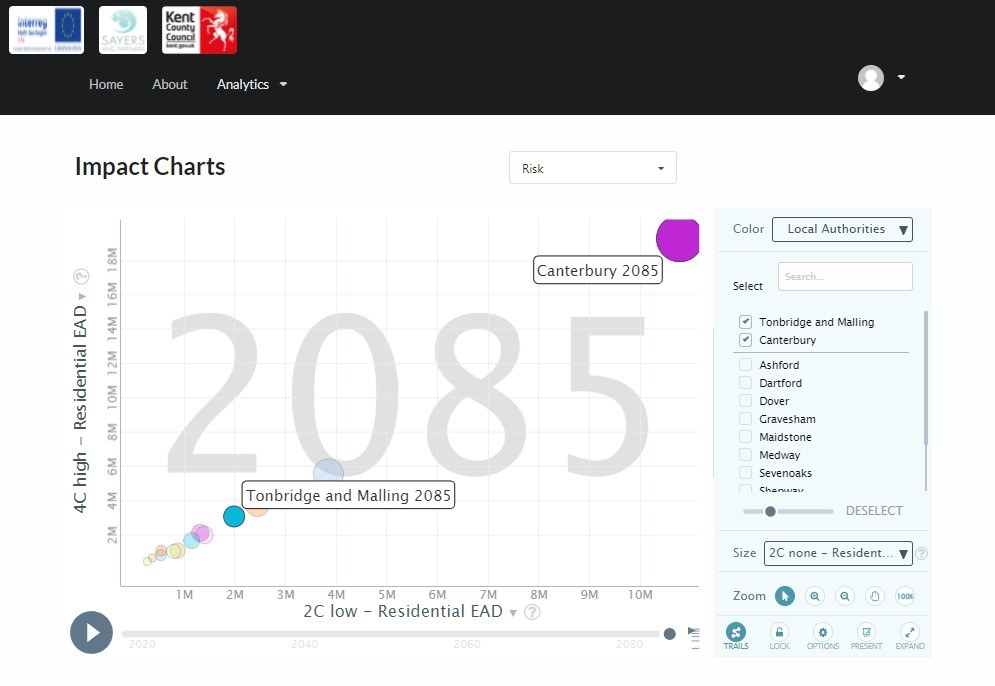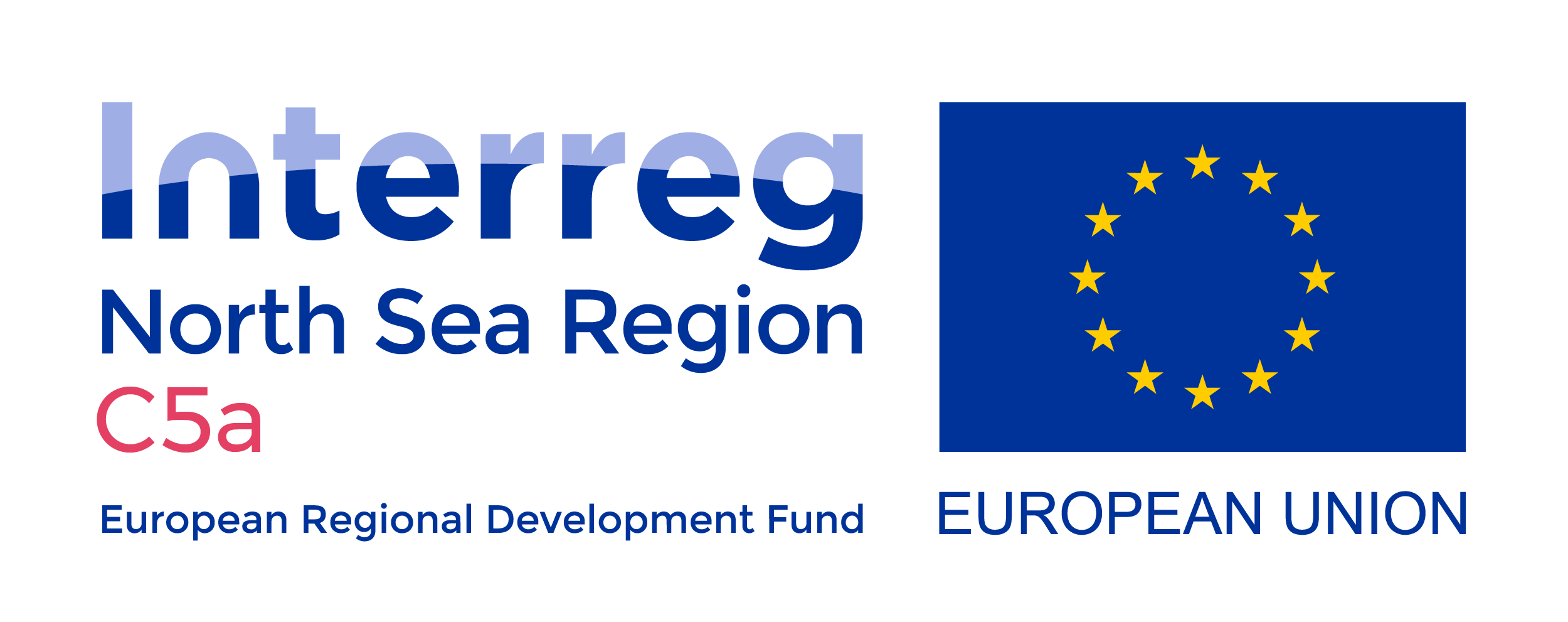Vi använder cookies för att webbplatsen ska fungera på ett bra sätt för dig. Genom att surfa vidare godkänner du att vi använder cookies.
Embed "the push" of science and "the pull" of policy
Challenge #4:
Adequate decision support is rarely in place
Delivering a resilient society requires more than simply an ambition. The multilevel character of decisions must be supported not only by knowledge, evidence and tools, but also by adequate planning, legal and financial frameworks to enable implementation. This however is rarely in place. Planning typically lacks the latest climate science, and investment rules fail to support more contemporary approaches to flood management. Moreover, it increases governance complexity and the likelihood of negative interplay, where actions taken in one policy sector hinder those in another. For citizens it may become difficult to assume responsibility when being part of overlapping areas of decision-making.
Policy recommendation #4
Science and evolving policy goals (at community and regional scales) should jointly drive the widespread implementation of flood resilience. Future policy needs to enable multilevel governance mechanisms of mainstreaming flood resilience. Building flood resilience is context-specific, which requires interconnectedness across spatial and temporal scales of climate risks. Policy making should integrate social and economic equity and future climates. It should also provide space for innovative and community lead solutions. In this context, the role of government will shift to a facilitating government that operates in an increasingly active society.
A regional assessment of changing flood risks aids understanding and motivates action

UK
Kent
Within Kent, the Future Flood Explorer provides a window on present day exposure to flooding, taking account of social vulnerability, and how these risks may change under 2°C and 4°C rises in Global Mean Surface Temperature, low and high socio-economic growth projections and alternative adaptation portfolios (assuming a continuation or current policy as well as an enhanced and reduced adaptation effort). The change in risk and the benefits of adaptation vary across Kent. The Future Flood Explorer illustrates this and how robust adaptation choices can be made (that work well across multiple futures). In doing so, evidence on the present and flood risk given alternative pathways helps provide the ‘push’ to action.

EU requirement helps decrease pressure on groundwater quality

North Sea Region
Topsoil
Accommodating the protection of water quality in times of changing climate is an example in soil / groundwater management which the TOPSOIL project focused on. The EU requirement to limit Nitrates in groundwater (one high level the pull) has led in the different countries to different approaches, sometimes reinforcing the pull to regional / local law but always setting up incentives for farmers to push themselves more in their efforts to decrease pressure on groundwater quality.
